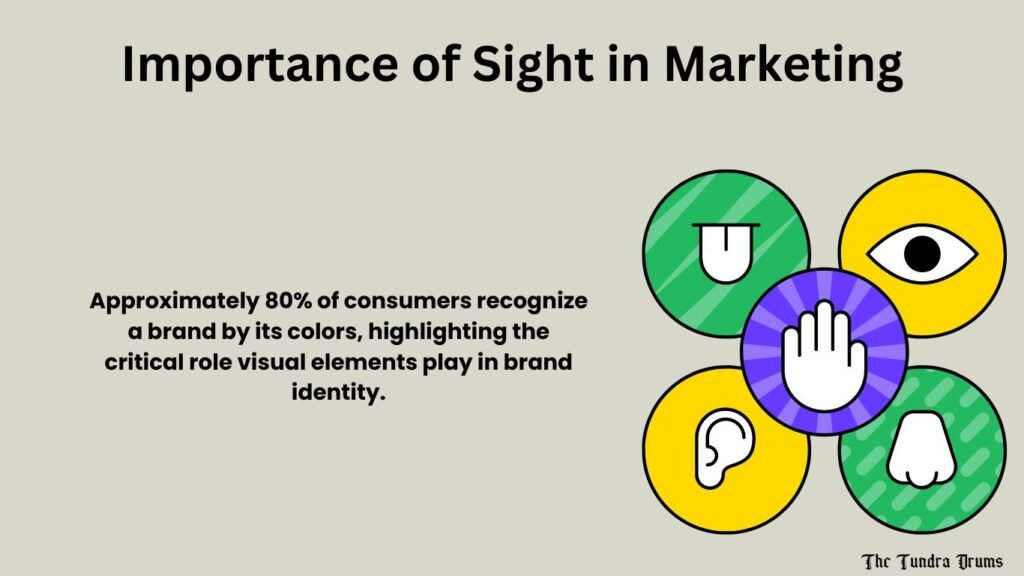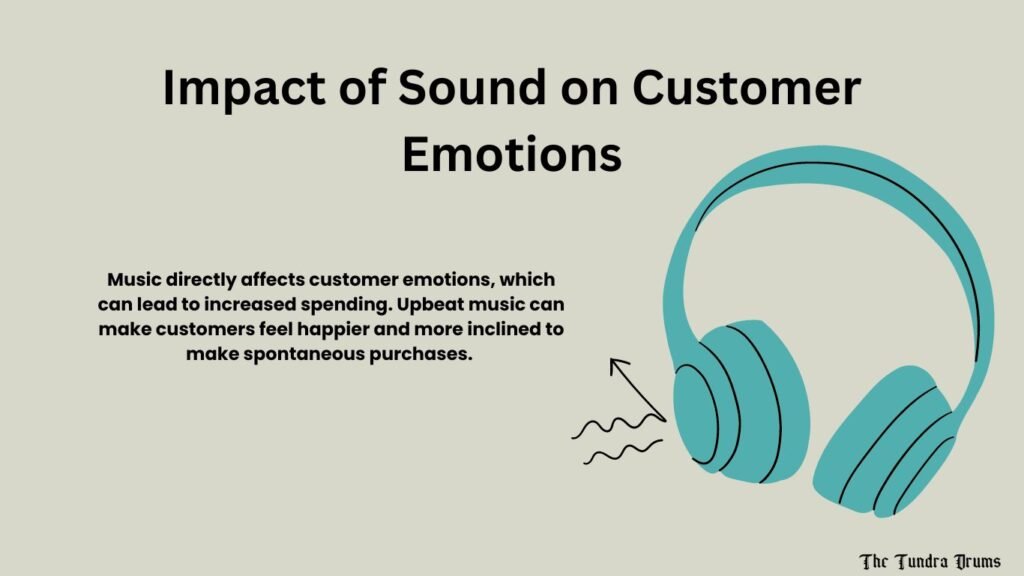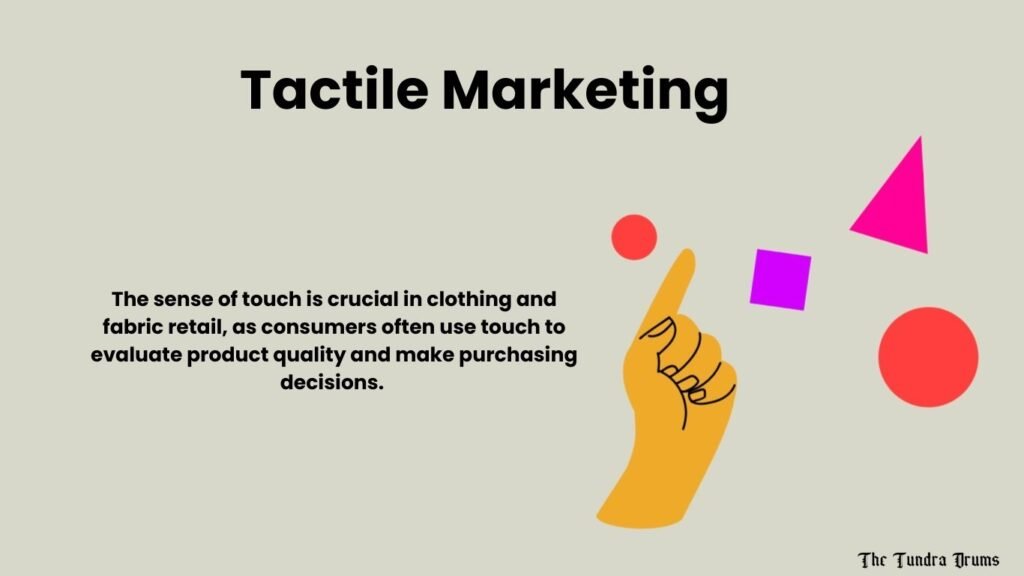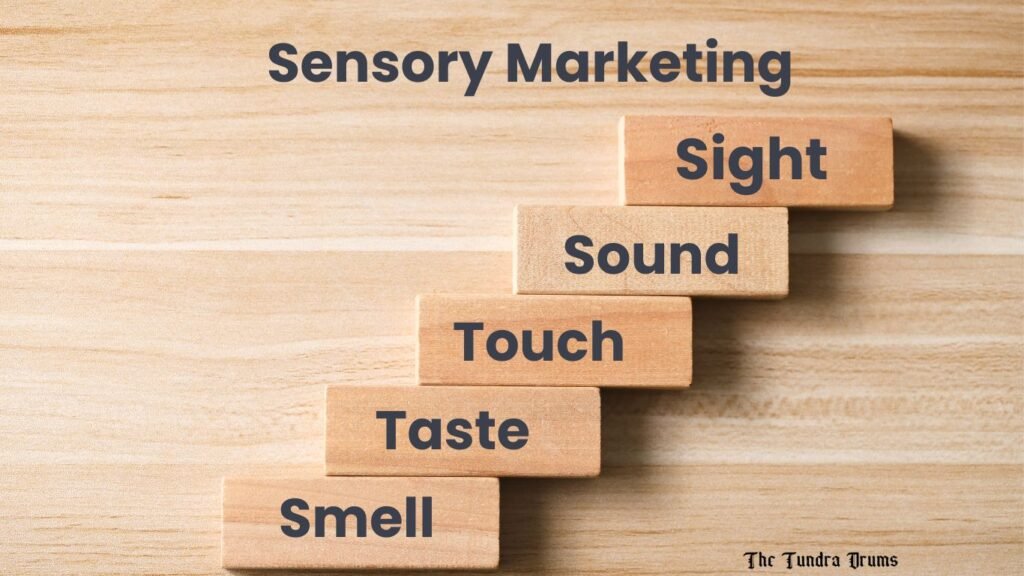Sensory marketing is an innovative approach that leverages the power of the five senses—sight, sound, touch, taste, and smell—to create a memorable and engaging brand experience. By stimulating these senses, companies can enhance their customer interactions, build stronger emotional connections, and ultimately drive brand loyalty and success. In this article, we will explore what is sensory marketing in detail and how each sense contributes to a brand’s success, and provide practical examples of its application.
Understanding Sensory Marketing
Sensory marketing integrates the sensory experience into the marketing strategy to create a more immersive and impactful brand interaction.
This approach aims to engage customers on a deeper level, beyond just visual appeal, by involving multiple senses to enhance their overall perception of a brand. By engaging the five senses, businesses can craft a more memorable brand experience that resonates with consumers and influences their purchasing decisions.
The Power of Sight in Sensory Marketing

Visual Appeal and Brand Identity
The sense of sight is the most dominant in sensory marketing. Visual elements such as color schemes, logos, packaging, and store layouts play a crucial role in shaping brand identity and consumer perception.
This is the best example of sensory marketing, effective use of colors can evoke specific emotions and associations, making visual branding a powerful tool in creating a distinct brand image.
For example, brands like Coca-Cola use red to signify energy and excitement, while Starbucks employs green to convey a sense of calm and renewal.
Imagery and Design
In addition to color, imagery and design elements contribute significantly to visual branding. High-quality visuals, consistent design, and engaging graphics can attract and retain consumer attention.
Brands often use visually appealing advertisements and in-store displays to create a compelling first impression and reinforce their brand message.
The Role of Sound in Sensory Marketing

Auditory Branding
Sound is a vital component of sensory marketing, as it can influence consumer behavior and enhance brand recognition. Auditory branding includes jingles, brand-specific music, and sound effects that are designed to be memorable and associated with the brand.
For instance, the Intel jingle is instantly recognizable and reinforces the brand’s identity in the minds of consumers.
Background Music and Ambiance
In retail environments, background music can affect the shopping experience by influencing the store’s atmosphere and pacing.
Research has shown that music with a slower tempo can lead to increased time spent in-store and higher purchase volumes. By selecting the right type of music, brands can create an atmosphere that aligns with their brand values and enhances customer satisfaction.
The Influence of Touch on Sensory Marketing

Tactile Experience
The sense of touch is integral to sensory marketing, as it allows customers to physically interact with products. Tactile experiences such as the texture of materials, the weight of a product, and the comfort of packaging can significantly impact consumer perception.
For example, high-end brands often use premium materials and packaging to convey quality and luxury.
In-Store Touchpoints
In retail environments, tactile experiences can be enhanced through product demonstrations, samples, and interactive displays. Allowing customers to touch and feel products can help them make informed purchasing decisions and foster a sense of connection with the brand.
The Impact of Taste on Sensory Marketing
Flavor and Brand Experience
The sense of taste is particularly relevant for food and beverage brands, where flavor plays a central role in the brand experience.
Companies often use unique flavors and recipes to differentiate their products and create a memorable taste experience. Brands like Ben & Jerry’s leverage distinctive flavors and ingredients to build a strong brand identity and customer loyalty.
Taste Tests and Sampling
Offering taste tests and samples is a common tactic used in sensory marketing to allow consumers to experience a product before purchasing. Sampling can be an effective way to engage customers and drive sales, as it provides a direct and enjoyable interaction with the product.
The Significance of Smell in Sensory Marketing
Olfactory Branding
The sense of smell is a powerful trigger for memories and emotions. Olfactory branding involves using specific scents to create a brand signature and enhance the customer experience.
For example, luxury hotels and retail stores often use distinctive scents to create a welcoming and memorable atmosphere.
Scent Marketing in Retail
In retail settings, scent marketing can influence consumer behavior by creating a pleasant and immersive environment. Research has shown that certain scents can increase time spent in-store and drive higher sales.
By incorporating strategically chosen scents, brands can enhance the overall shopping experience and reinforce their brand image.
Integrating the Five Senses for Maximum Impact

Creating a Multisensory Experience
To achieve the best results in digital marketing, it is essential to integrate all five senses into a cohesive brand experience.
A well-designed multisensory approach can create a more immersive and engaging experience for consumers, strengthening their emotional connection to the brand.
For example, a high-end restaurant might use ambient lighting, soothing background music, exquisite table settings, flavorful dishes, and pleasant scents to create a memorable dining experience.
Consistency and Alignment
Consistency across sensory elements is crucial for maintaining a strong and coherent brand identity. All sensory touch points should align with the brand’s values and messaging to create a unified experience.
Whether through visual design, sound, touch, taste, or smell, every sensory element should work together to reinforce the brand’s overall image and message.
Case Studies in Sensory Marketing
Apple: A Sensory Experience
Apple is a prime example of a brand that excels in marketing. The company’s use of sleek product design, distinctive packaging, and the tactile experience of its devices all contribute to a strong and recognizable brand identity. Apple Stores also incorporate ambient music and a minimalist design to create a premium shopping experience.
Starbucks: Coffee and Sensory Branding
Starbucks effectively uses sensory marketing to enhance the customer experience. The company’s signature coffee aroma, distinctive store design, and soothing background music all contribute to a welcoming atmosphere. Starbucks also uses tactile elements, such as comfortable seating and high-quality packaging, to create a consistent and enjoyable brand experience.
Future Trends in Sensory Marketing
- Virtual Reality (VR) and Augmented Reality (AR): VR and AR are revolutionizing sensory marketing by creating immersive experiences that engage multiple senses simultaneously. Brands can use these technologies to craft virtual environments that simulate sensory experiences, allowing consumers to interact with products more engagingly. For example, AR apps might enable users to visualize how a piece of furniture would look in their home, while VR can offer virtual store tours.
- Artificial Intelligence (AI) and Machine Learning: AI is being used to analyze consumer behavior and tailor sensory marketing strategies accordingly. Machine learning algorithms and digital sensory marketing examples can predict which sensory stimuli will resonate most with individual consumers based on their past interactions and preferences. This allows for more personalized and effective sensory marketing campaigns.
- Haptic Technology: Advances in haptic technology, which provides tactile feedback through touch, are enhancing sensory marketing by allowing consumers to feel textures and sensations digitally. For example, haptic feedback in mobile devices or wearables can simulate the texture of a product, adding a new layer to the sensory experience.
- Neuro-Marketing Tools: Neuro-marketing tools, such as brainwave monitoring and eye-tracking, are becoming more sophisticated, providing deeper insights into how sensory stimuli affect consumer emotions and decision-making. These tools help brands understand the emotional impact of different sensory elements and refine their marketing strategies accordingly.
Predictions for the Evolution of Sensory Marketing Strategies
- Hyper-Personalization: As technology advances, sensory marketing will become increasingly personalized. Brands will use data from AI and machine learning to create highly customized sensory experiences tailored to individual preferences and behaviors. This could include personalized scent diffusers or targeted soundscapes based on user profiles.
- Integration of Multisensory Experiences: Future sensory marketing strategies will likely focus on integrating multiple sensory elements to create cohesive and immersive experiences. For example, a brand might combine visual, auditory, olfactory, and tactile elements to create a unified sensory environment that enhances brand perception and consumer engagement.
- Sustainability and Ethical Sensory Marketing: With growing awareness of environmental and ethical issues, brands will need to consider the sustainability of their sensory marketing practices. This could involve using eco-friendly materials for sensory products or ensuring that sensory stimuli do not contribute to sensory overload or discomfort.
- Enhanced Data Analytics: As sensory marketing becomes more data-driven, brands will increasingly rely on advanced analytics to measure the effectiveness of their sensory strategies. This will involve using data to track consumer responses to sensory stimuli, optimize sensory elements, and adjust strategies in real time.
- Expansion into New Channels: Sensory marketing will continue to expand into new channels, such as online and mobile platforms. As digital experiences become more sophisticated, brands will explore innovative ways to engage consumers’ senses through digital media, including interactive ads and virtual product demonstrations.
Conclusion
Sensory marketing is a powerful tool for enhancing brand success by engaging the five senses and creating a memorable and immersive experience. By leveraging visual appeal, sound, touch, taste, and smell, brands can build stronger emotional connections with consumers and drive loyalty and sales. A well-executed sensory marketing strategy can differentiate a brand in a competitive market and create lasting impressions on customers.











